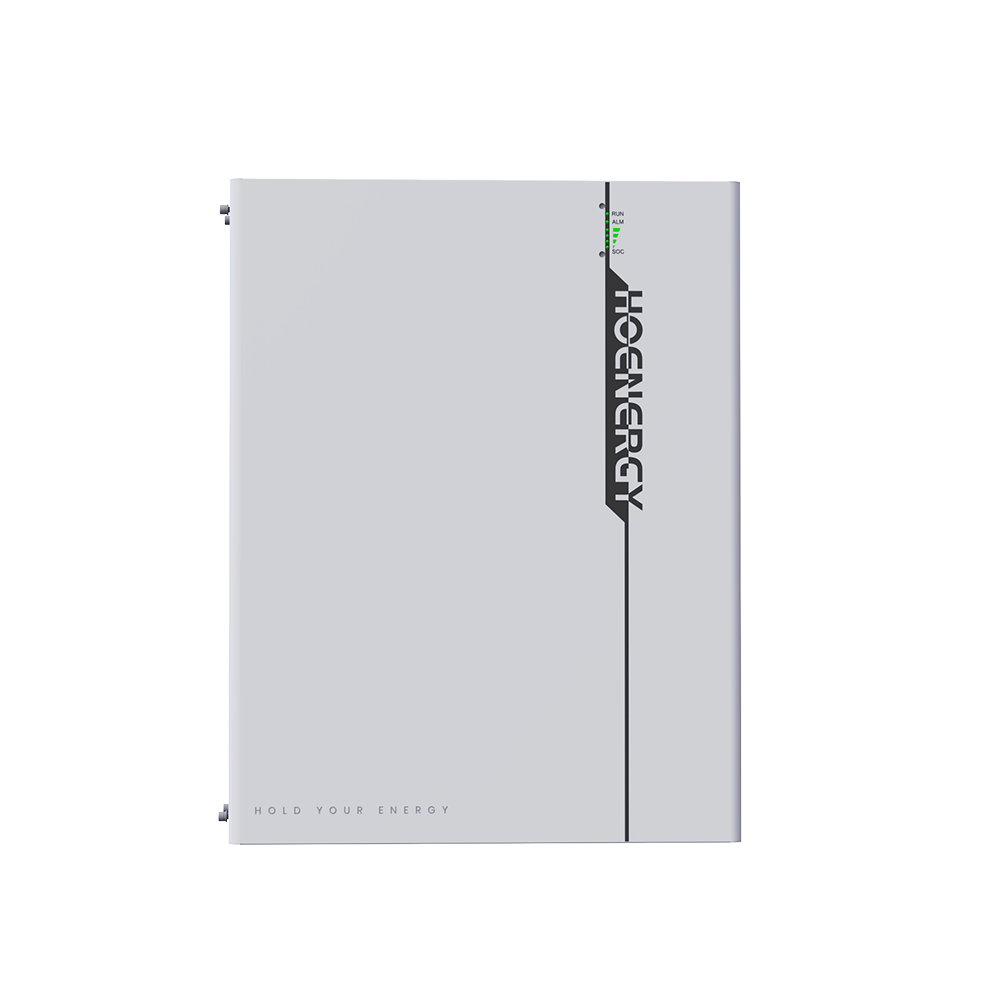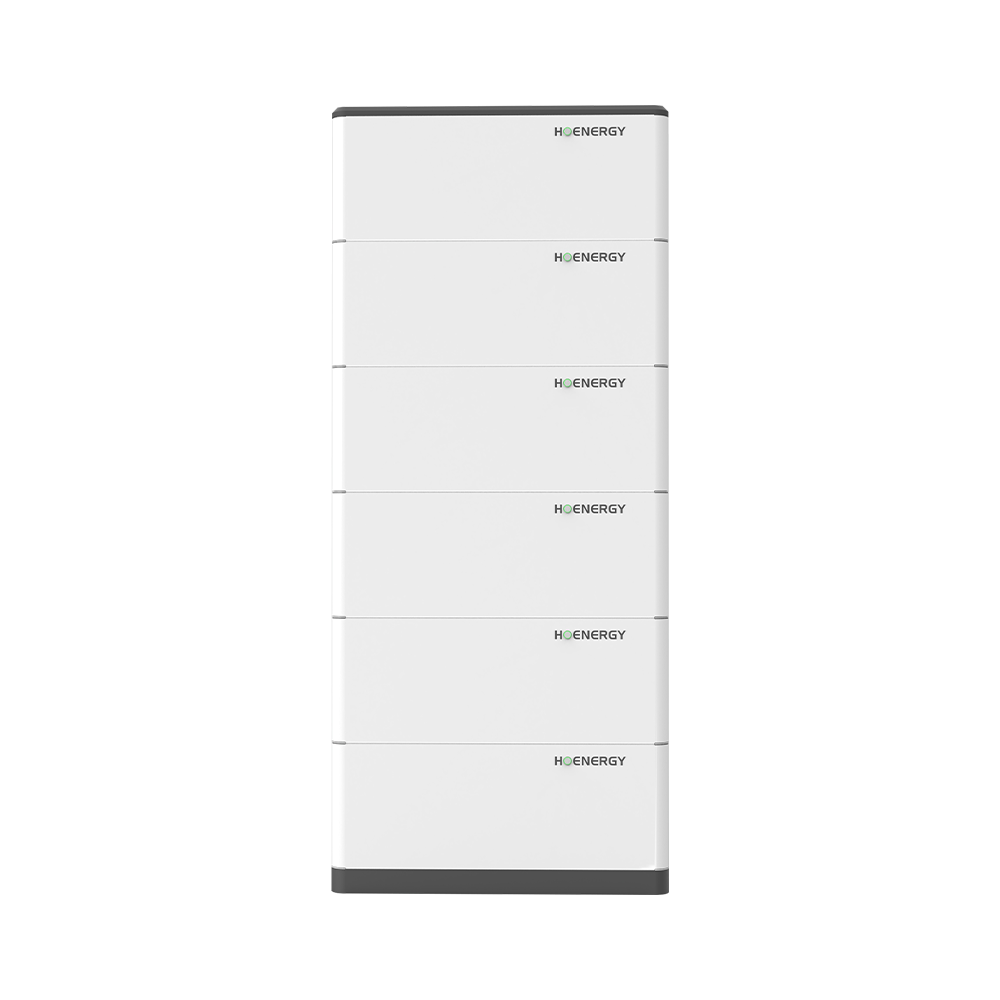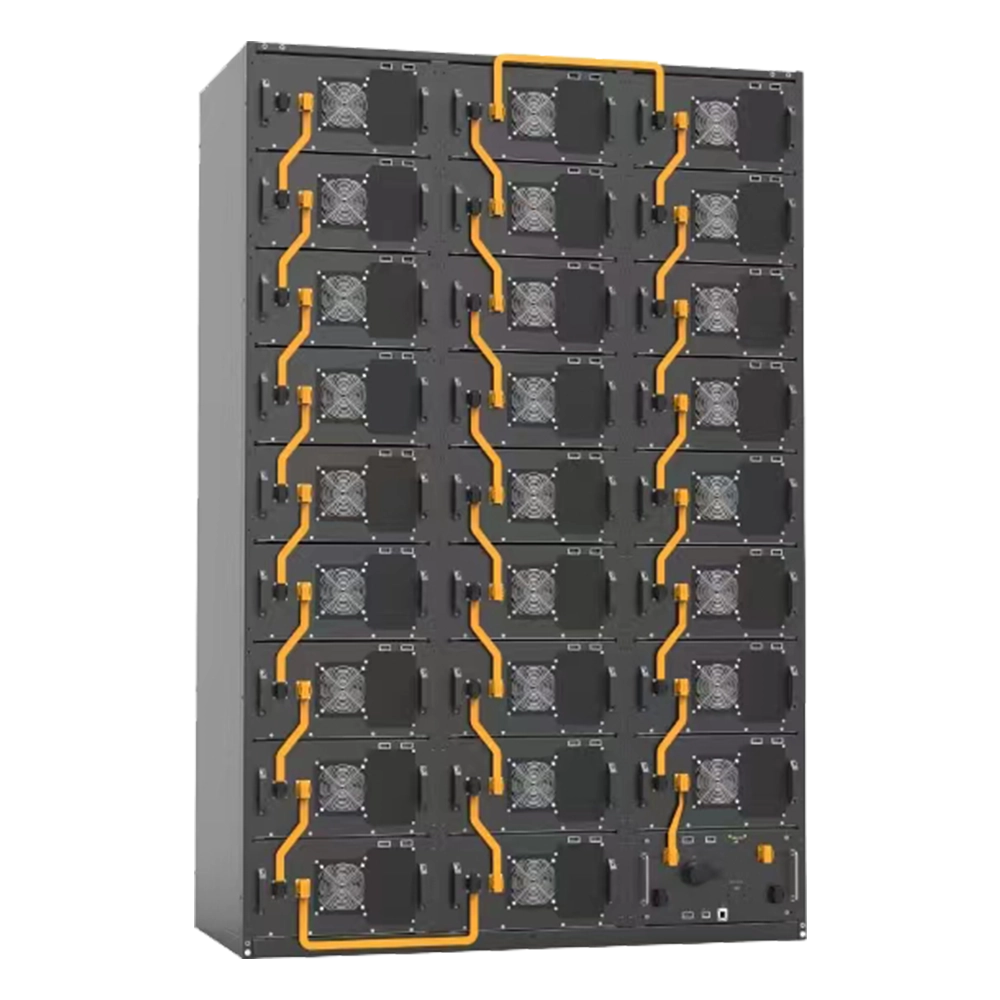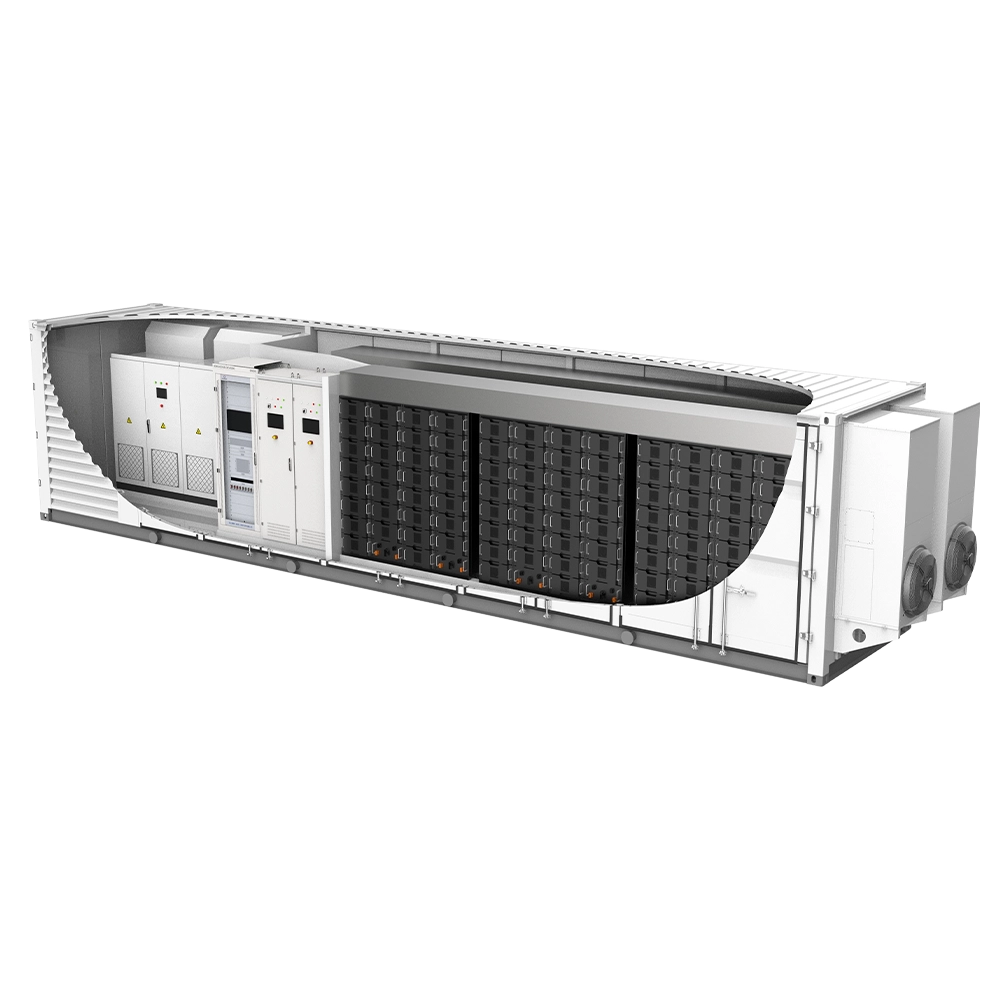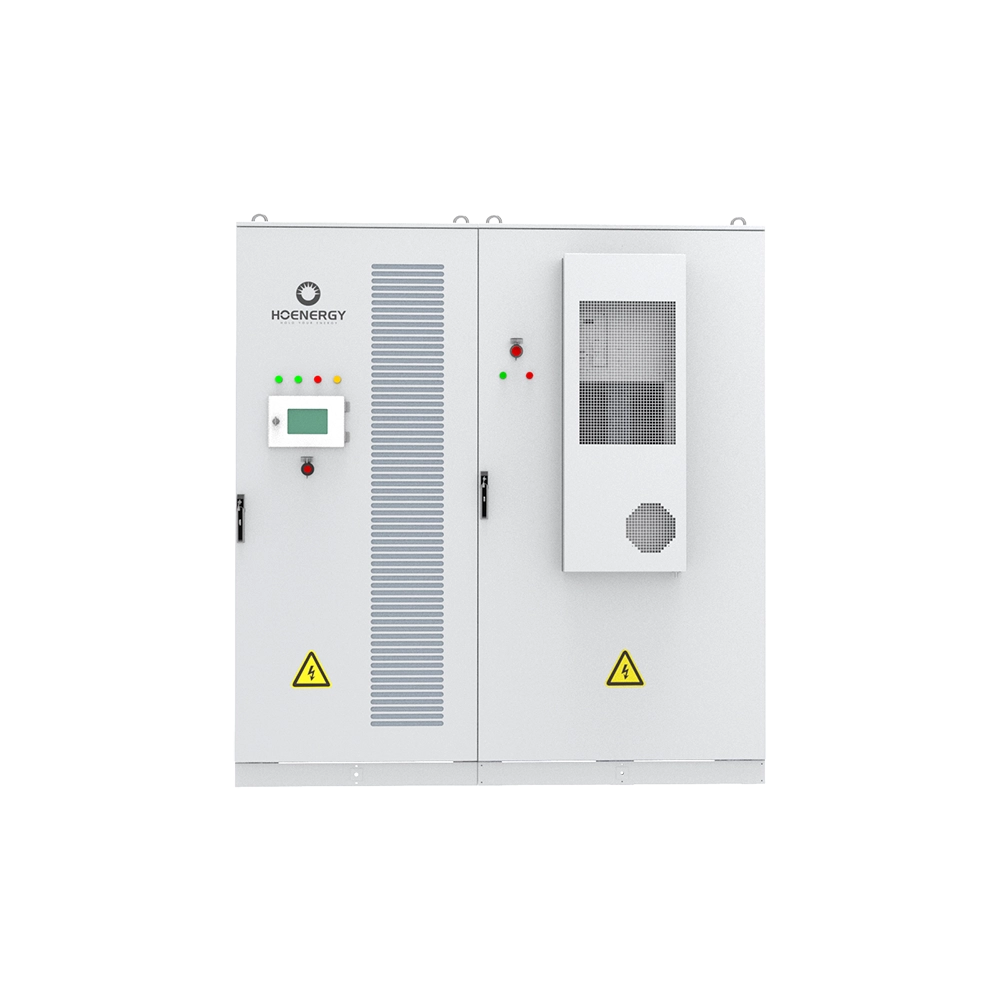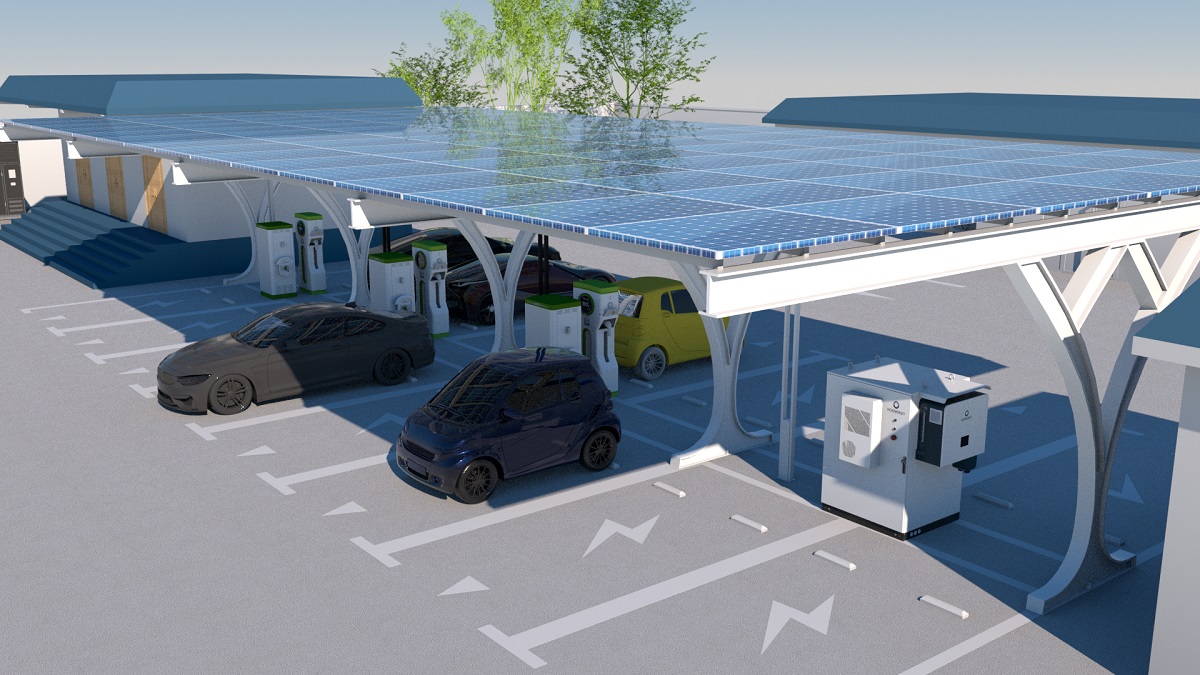Low-voltage batteries: auxiliary energy sources for modern cars
The intricate electronic system of contemporary cars depends heavily on low-voltage batteries. They are the energy core supporting the ongoing operation of the on-board auxiliary systems in addition to being the first power source when the car starts. As car technology has advanced continuously, from conventional internal combustion engines to contemporary hybrid and electric cars, low-voltage batteries have grown in importance. An investigation of the function of low-voltage batteries in on-board auxiliary energy systems is presented here. We shall have a thorough knowledge of the vital function these little but potent energy sources perform in the world of wheels.
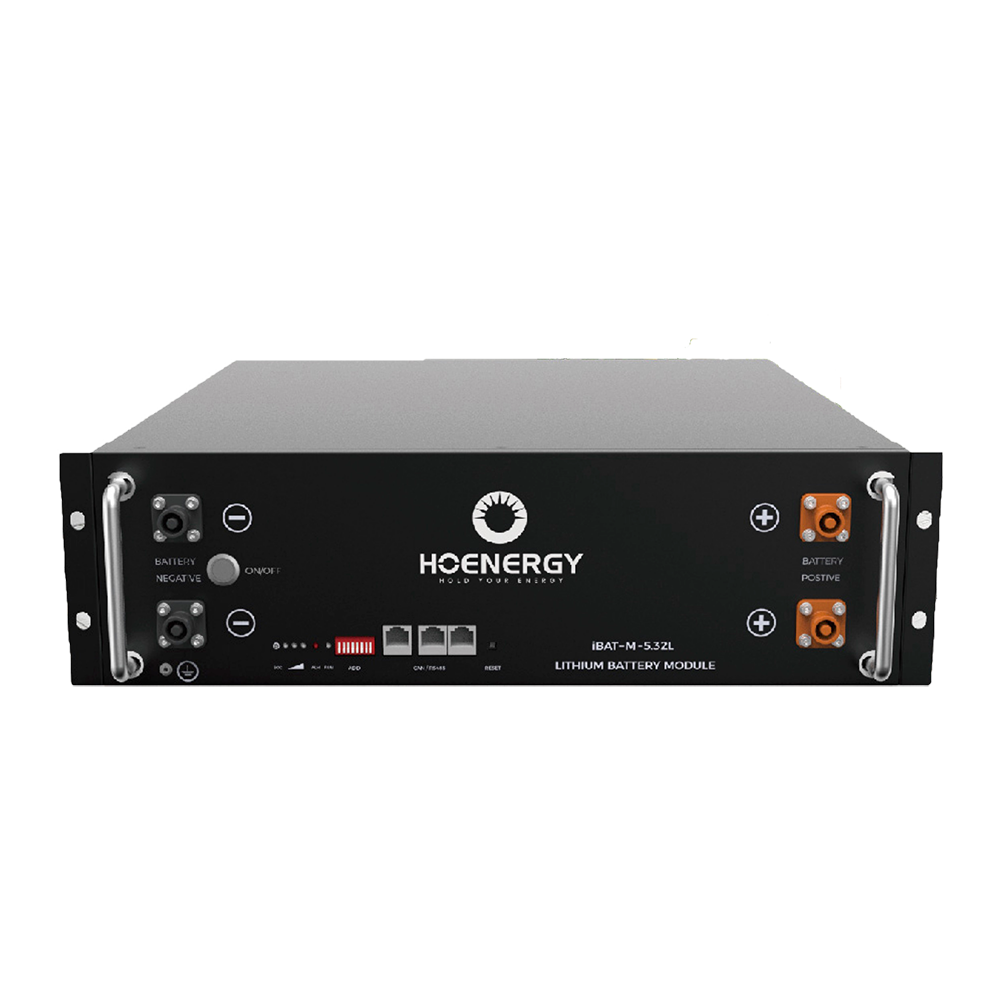
Car Batteries Their Crucial Function
Its primary job is to provide the power needed by the starter, ignition system, and electrical equipment in the vehicle when the engine is started or operating at a low speed since the automobile generator either does not produce electricity or the voltage is extremely low.
At regular engine operation, the generator charges the battery and powers the car’s electrical system. Together, the battery and the generator deliver power to the car’s electrical equipment when the latter’s power consumption is too high and surpasses the generator’s power supply capability.
Simultaneously, the battery functions as a big-capacity capacitor that shields the electrical equipment in the automobile from the sudden high voltage produced in the circuit.
One vital part of an automobile is its battery. Normal starting of the car is hampered by a dead battery.
The battery may store as well as provide electricity for the car. For this reason, the battery got its moniker. The processes of battery discharge and charge are corresponding to power supply and storage. One DC power supply includes the battery.
Low-voltage electrical appliance power supplies: For remote control keys, lights, wipers, and other low-voltage accessory electrical appliances, the power supplies of pure electric cars serve the same purpose as those of conventional gasoline vehicles.
Most new energy cars also use lead-acid batteries for their 12V electrical systems because of their reliability, availability, and minimal danger.
The power battery can still power low-voltage accessories, including opening the door, unlocking the EPB, and pushing the vehicle into the warm chamber, even in freezing conditions like Heihe calibration. A dead battery prevents the car from starting.
To turn off the high voltage is the regular function of the low-voltage battery. Wake up the high-voltage power battery. First to wake up the vehicle controller VCU is the low-voltage battery. The battery management system BMS is asked to activate the high voltage by the vehicle controller VCU when the high voltage requirements are satisfied.
Furthermore, sentry mode and remote wake-up capabilities are features of contemporary electric cars. Plenty of electrical items continue to operate even while the car is stationary.
Without a low-voltage battery, there are dangers in the event that the line or other high-voltage accessories malfunction and forced high voltage is detected. Additionally, a prolonged high-voltage condition of the car would result in very high energy consumption.
Qualities Of Low Voltage Batteries Safety
Safety against overcharging
Stop overcharging An overcharge protection circuit included into the low-voltage battery prevents it from being damaged or resulting in safety incidents from overcharging.
Safety against overdischarge
Steer clear of deep discharge To keep the battery from overcharging and prolong its life, the battery management system (BMS) monitors its voltage.
Control of short circuits
Circuit disconnection The protective circuit interrupts the current when it detects a short circuit to save the battery and electrical system.
Control of overheat
Temperature monitoring To avoid safety hazards brought on by overheating, the battery system includes an integrated temperature sensor.
Model of battery housing
Material for the battery housing Made of fireproof material, it can contain a fire even under very hot temperatures.
Protection against leaks of electrolytes
Sealed construction To lower the possibility of corrosion and environmental contamination as well as to stop electrolyte leaks, the battery has a sealed structure design.
Compatibilite d’électronique
Less interference The low-voltage battery system is designed with electromagnetic compatibility in mind to lessen interference with other electrical devices in the car.
Highway safety
secured and buffered To lessen damage in the case of a collision, the battery is buffered and secured in a secure location within the car.
Expert diagnosis
Real-time monitoring and diagnostic features are offered by the intelligent battery management system to identify and address any issues as soon as possible.

A new chapter in energy
A key part of new energy cars, low-voltage batteries guarantee their operation, security, and comfort for the driver. Strong and dependable low-voltage batteries are just as important, even if high-voltage propulsion systems receive most of the attention. The efficiency, economy, and integration of low-voltage batteries will just grow as technology develops, which will further improve the attractiveness and practicality of NEVs. Low-voltage batteries in NEVs have a promising future provided they can overcome present obstacles and use new technologies to help build a sustainable and efficient automotive environment.

